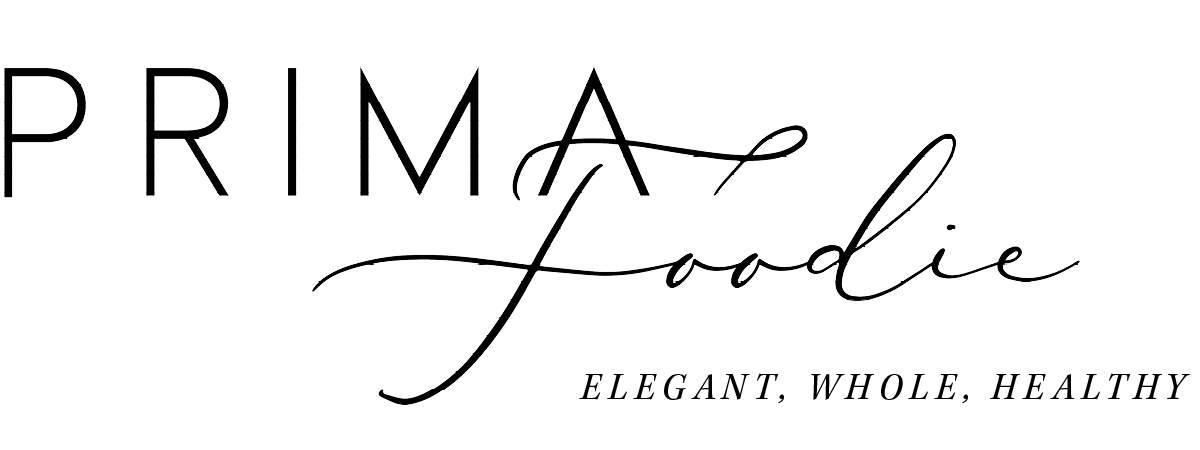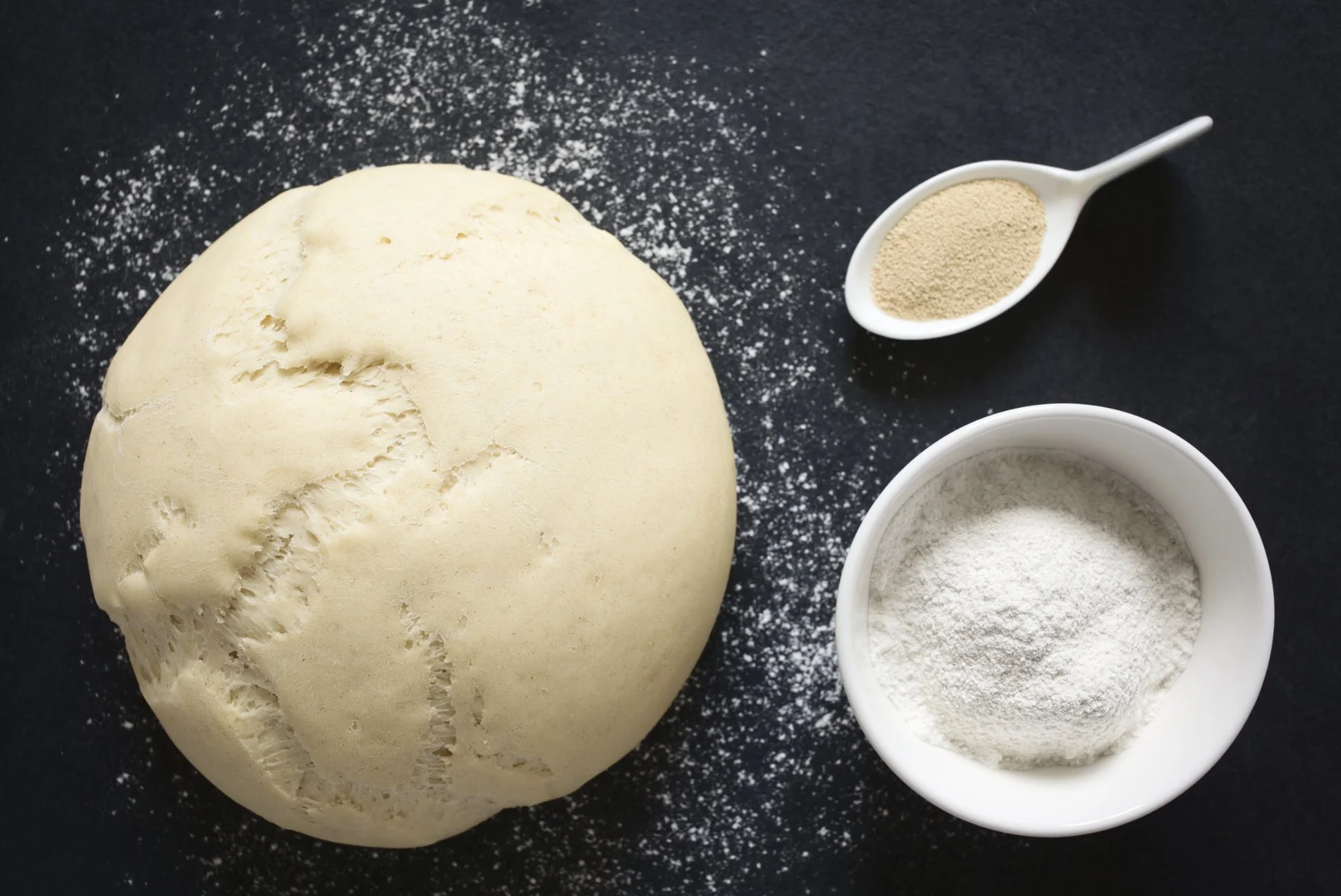What We Can All Learn from the Buddhist Nuns: A Conversation with Holistic Health Coach Michelle Jungmin Bang
“You will live longer and achieve more if you first take care of yourself.”
So says Michelle Jungmin Bang (@michellejungmin), an award-winning eco-entrepreneur, Korean-American holistic health coach, and author of the new book Sun & Ssukgat: The Korean Art of Self-Care, Wellness & Longevity. Michelle’s words carry a truth she has learned firsthand. She spent 16 years in Asia, traveling to different countries to practice and learn the ancient wellness traditions that have kept millions vibrant. (Scientists predict South Korea, the nation Michelle pulls most of her wisdom from, will top longevity charts in 2030.) She weaves her learnings throughout Sun & Ssukgat, offering approaches and recipes rooted in Korean self-care and cultivated from Buddhist nuns, her Korean grandmother, and other sages.
Michelle’s insight is wide-reaching and accessible, as it offers tangible ways for us all to nourish our physical and spiritual selves more deeply. Here, she welcomes our questions about what we can learn about gut health from the Buddhist nuns and the secret to start eating better—starting today.
PF: As you began your healing journey, you visited a hermitage in South Korea. What was one of the first health lessons you learned from the Buddhist nuns?
MJB: The Buddhist nuns practice yak sik dong won; a food-is-medicine philosophy passed down for centuries in my Korean heritage. In Korean culture, the idea of yak sik dong won is a fundamental belief—that healthcare starts with nutritious foods and, secondarily, more advanced medical treatments if there is no improvement.
Although I didn't realize this until much later, I had actually grown up with an integrative East-West medicine approach through my father, a US-based doctor trained at a top medical school in Korea. Through him, I witnessed just how effective it was to integrate the practical and holistic applications of medicine—using whole foods, for example, to recover and to let the body heal through colds or surgeries.
When I visited the Buddhist nuns, I had just come out of a medical crisis, trying to find health answers. Learning from them was the perfect way for me to heal, connect the dots with what I had grown up with, and ultimately embrace a whole new way of living. They were the gentle, wise teachers I truly needed while being so constantly ill for the first time in my life.
The Buddhist nuns taught me so much about mindful self-care, a radical yet age-old notion of taking a proactive rather than a reactive approach to well-being with little steps they take daily. In our modern world, we often wait too long, as I had done, to address our sick symptoms, the signs our bodies are sending, sometimes screaming that we need to heal.
PF: Will you tell us more about the nuns' naturalist eating principles and what is essential to them?
MJB: The nuns' naturalist eating is embodied in their temple food, which is traditionally prepared. In Korea, temple food is a way of cooking passed down from Buddhist nuns who retired from Korean royal kitchens. Cooking in this way is a spiritual practice for them and a way to reconnect with nature, the seasons, and the environment. Temple food is unprocessed, utilizing foraged and grown ingredients, and derives incredible bold flavor from foundational condiments the nuns create. The food is imperfectly grown and used in a whole plant approach, from flower to root and with the peel, to utilize as much of the plant's medicine as possible and not to waste what has grown.
As I watched them cook, the nuns kept going back to a discrete lazy Susan filled with these home-made condiments, including Korean gochujang (red pepper paste), doenjang (soybean paste), traditionally brewed soy sauce, sea salt, healthy oils, and vinegars. The secret to temple food - their naturalist eating principle- is this "longevity pantry," which is superbly healthy and delicious.
I also realized how unhealthy and disconnected from real food I had become, and so far away from our planet's health, the environment, and nature, which I have grown to love so much.
“The Buddhist nuns taught me so much about mindful self-care, a radical yet age-old notion of taking a proactive rather than a reactive approach to well-being with little steps they take daily.”
PF: How does this eating approach help our gut microbiome and overall health?
MJB: The nuns' naturalist eating principles are predicated on terrain-based living. Terrain theory is the idea that illness stems from a weakness in the resilience of the body's terrain and that our bodies even harbor microorganisms—the microbiome. It takes a diametrically opposite view to germ theory, the idea that germs cause disease and we must wipe out germs to avoid getting sick. But treating this terrain, and practicing self-care, is an essential aspect of well-being throughout Asia, and this works in the healthcare system in tandem with advances in modern medicine. Terrain theory holds that when we are exposed to germs, we become ill if immune deficiencies or toxicities weaken our defenses; we do not get sick just by exposure to the germs themselves. Unlike germ theory, terrain theory explains why some people become ill while others, exposed to the same pathogens, do not.
As I dug deeper, I recognized that the nuns were also preparing every item on their menu to be easy on the gut and easy to digest. In addition to fermented foods, their diets were rich in other elements that boosted digestion, including prebiotics from mushrooms and seaweed; warm liquids like soups, teas, and warm water; a wide range of seasonal, fiber-rich fruits and vegetables; and digestion-boosting vinegars. Supporting good digestion is incredibly important to our health. Digestion requires more energy than other bodily functions. Your stomach has its own tools for breaking down foods—gastric acid and digestive enzymes—but you can aid the process by eating like the nuns do and help your body to deliver more energy to other body processes that optimize functioning, like nutrient absorption.
PF: You cite research that tells how changing the way we eat can make all the difference in our microbiome. Will you tell us more?
MJB: In a 2014 study conducted at the University of Pittsburgh, scientists set out to understand why African Americans had rates of colon cancer that were twelve times higher than rural South Africans. For two weeks, the researchers swapped the diets of 20 African Americans (with high fat intake through meat and cheese) and 20 South Africans (on a traditional African diet, high in fiber and low in fat, with little meat and plenty of vegetables, beans, and cornmeal). They found that even within this short time, the participants' microbiomes altered considerably. Those on the traditional African diet increased the production of butyrate, a fatty acid proven to protect against colon cancer, while those on the American diet developed biomarkers in their gut that were presets for cancer. Perhaps more fascinating, according to scientists at Harvard and the University of California, large microbial shifts can occur within the body in as little as twenty-four hours, demonstrating the remarkable flexibility of our human response to diet.
I found this so comforting because I certainly am not perfect, and I know that I can always try to reset back to balance, back to a state of health.
PF: What are a few ways we can start to adopt the practices of the nuns and eat more mindfully and healthfully today?
MJB: We can all learn from the nuns by being more mindful of foundational and often hidden ingredients in our foods, especially if we don't prepare them ourselves. Now, if I go to a restaurant or a grocery store, I will think about the ingredients that went into making that dish and read ingredient lists if I buy anything in a package. I also know that there is information that anyone can tap into if they are curious about learning more, like food data from USDA FoodData Central, the latest medical research on PubMed, and nutrition labels and ingredient lists provided on every food sold. This information is free and available for anyone to use.
Finally, we can also take cues from the nuns when we fall ill by using a yak sik dong won approach. The nuns know that if they have a cold, it will take seven to 10 days to recover. They take the first step of using easily digestible foods and mushroom broth to try to allow their bodies to heal first. We can always take this naturalist first step, too.
Michelle Jungmin Bang is a Harvard Business School graduate, award-winning eco-entrepreneur, and Chivas Venture Social Impact Fellow. As co-founder and founding CEO of The R Collective, she turned high-end fashion waste into luxury pieces. An expert in East-West nutrition, Michelle also serves as a board director for GrowNYC, driving impactful change in food access and sustainability. Learn more at michellebang.com.

















































